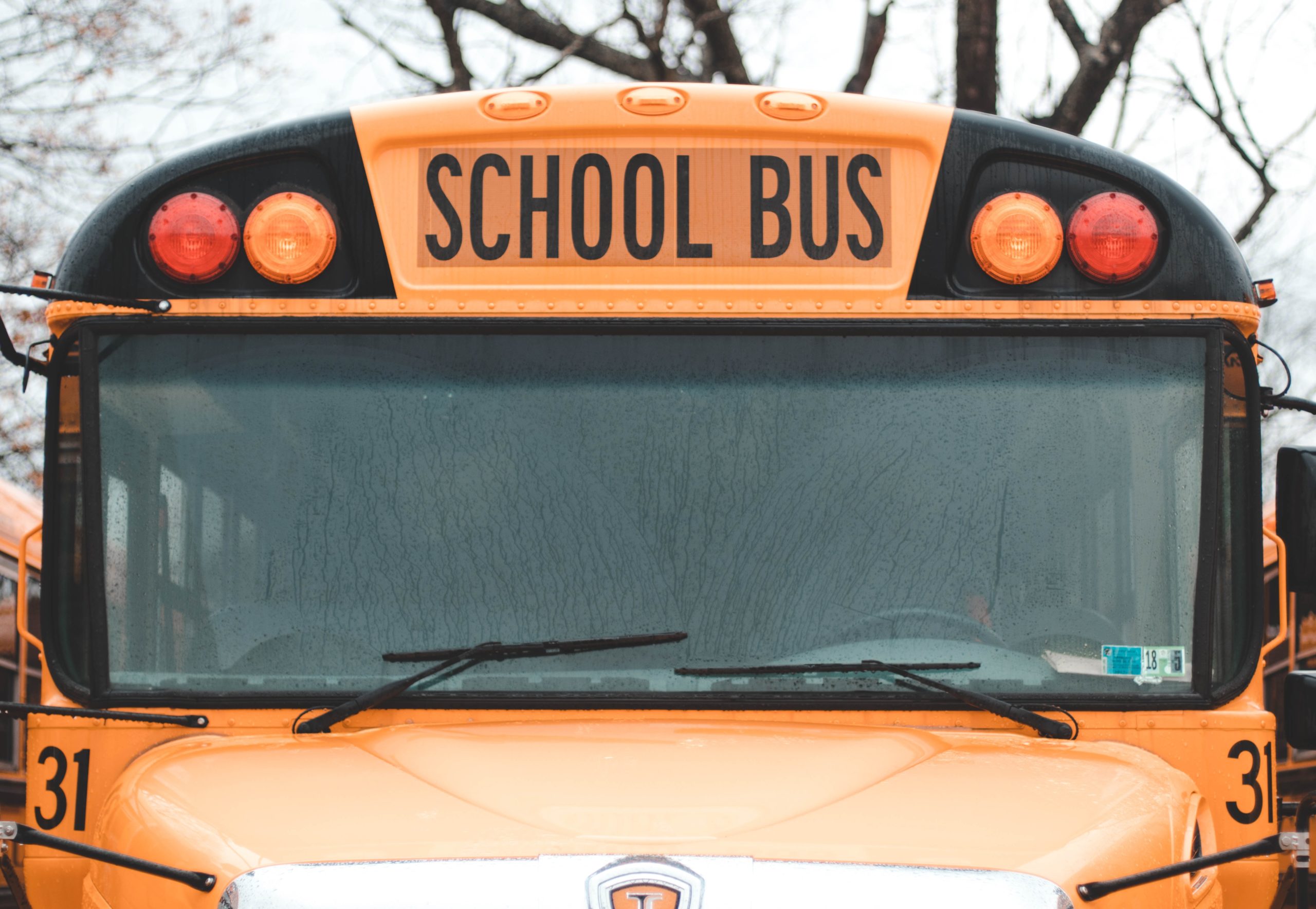Children are starting school again. This will take a variety of forms, from completely on-line learning, to a hybrid model of five days per week in school. Where you live, the physical layout of your school and parent, administrators and teachers wishes were all factored into the decision.
What were these decisions based on and what does the scientific data show us? Why does the American Academy of Pediatrics recommend in classroom learning?
Their statement was based on research that shows children enrolled in traditional schools perform better in reading and math than children who are not. (one study-2011 Center for Research on Education Outcomes Report). When we add the delays in developing social skills as well as concerns with overdependence on parents and the increase in separation anxiety among young children, the AAP recommendations do make sense.
What are the risks of contracting Covid-19 from asymptomatic children?
A study in June looked at Covid-19 infection in 1200 children undergoing emergency surgery in Seattle, Philadelphia and Houston. This showed a rate of 1% incidence of Covid-19 infection in these children. I am currently in the process of completing our research on Covid-19 prevalence in children in the metropolitan area. Our preliminary study results also shows a 1-1.5% incidence of Covid-19 infection in asymptomatic children in metropolitan New York. With Covid-19 infections at an all-time low in New York City the risks of children infecting each other, or teachers is low. That being said, I understand the concerns parents, teachers and administrators have of exposing children to any risk.
What can you do as a parent to maximize your child’s emotional, social and academic development if they are enrolled in entirely online learning or a hybrid model?
- Assure your child is logging into class at prescribed times and is completing their assignments.
- Consider supplementing your child’s online education with as much in-person education as you can. This could be from you, a caregiver or a trusted relative or friend.
- Allow your child to spend some time away from you during the week. This could be with a relative or friend to assure that they do not feel your presence is necessary to feel secure.
- Set up playgroups with like-minded parents where the same children are present weekly so your child can continue to develop their social skills.
Most importantly, remember that this is a stressful time for teachers, administrators and parents, but our job as adults is not to pass that anxiety along to our children. Be positive and supportive of whatever option you have chosen and be open to reexamine your child’s education opportunities as the fall evolves. As always, I am here to discuss any questions and concerns you may have. I look forward to seeing many of you this fall. Have a wonderful end of summer.
Jacqueline Jones, MD
COVID-19 Planning Considerations: Guidance for School Re-entry. (n.d.). Retrieved August 25, 2020, from https://services.aap.org/en/pages/2019-novel-coronavirus-covid-19-infections/clinical-guidance/covid-19-planning-considerations-return-to-in-person-education-in-schools/


